When I travel and visit art museums, I study the art. I often take pictures of close-ups and details in the oil paintings to see how famous artists conveyed realism through texture and detail in their masterpieces. Some top art museums have digital art collections available to view and even download online these days, but many don’t.
I find it enjoyable to take pictures of jewelry, fabric, bows, gowns, metal, gold, silver and other details I see in art. I learned a lot by studying such detailed paintings and if you’re interested in the realist oil painting techniques, I suggest making painted copies of your favorite paintings. I hope this blog post can inspire you to do just that. Enjoy!
All photos are taken by me- Veronica Winters unless noted otherwise. Also, many famous paintings are in the public domain and can be downloaded for free from art museums websites like the Met, the National Gallery of Art, etc.
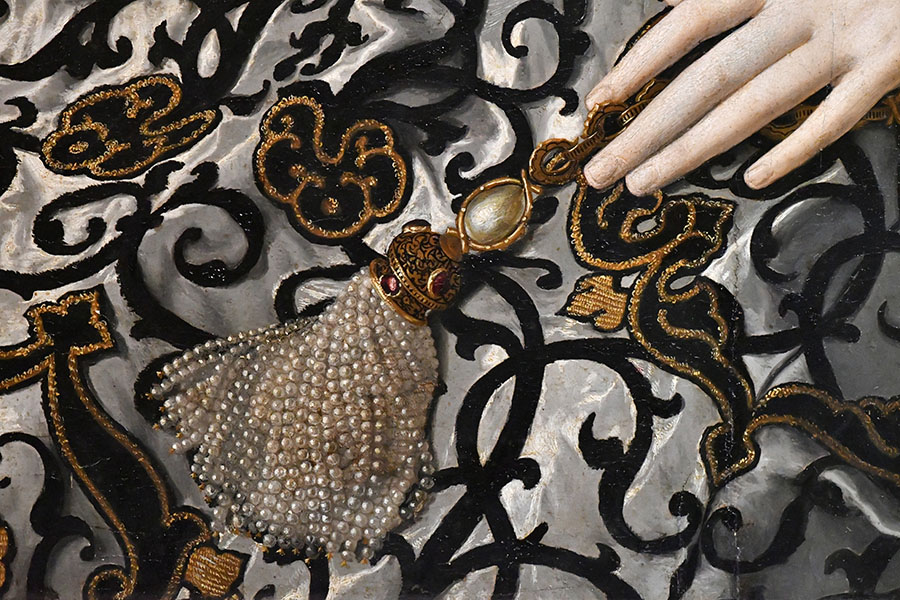
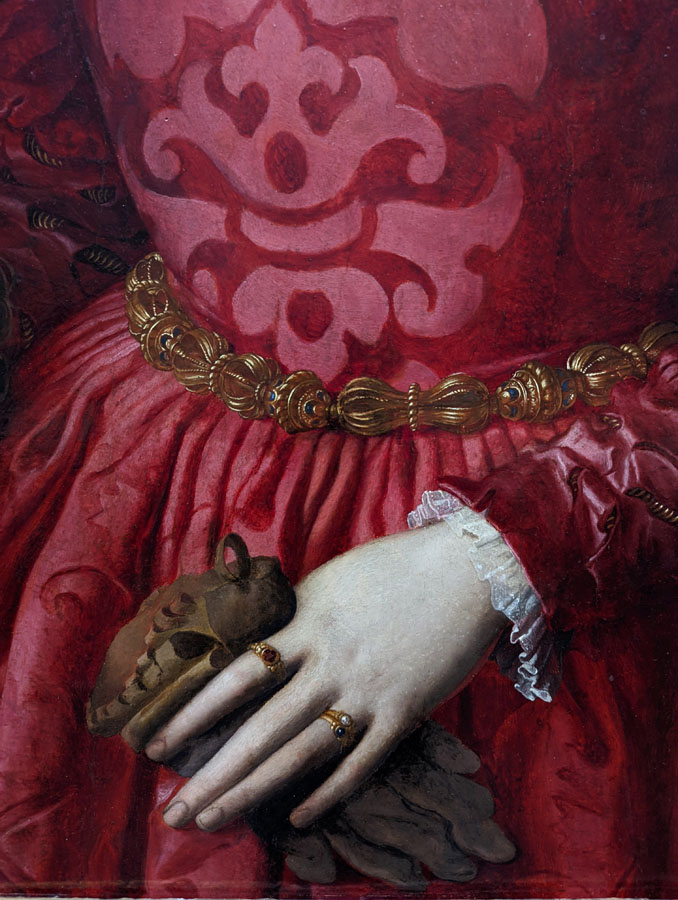
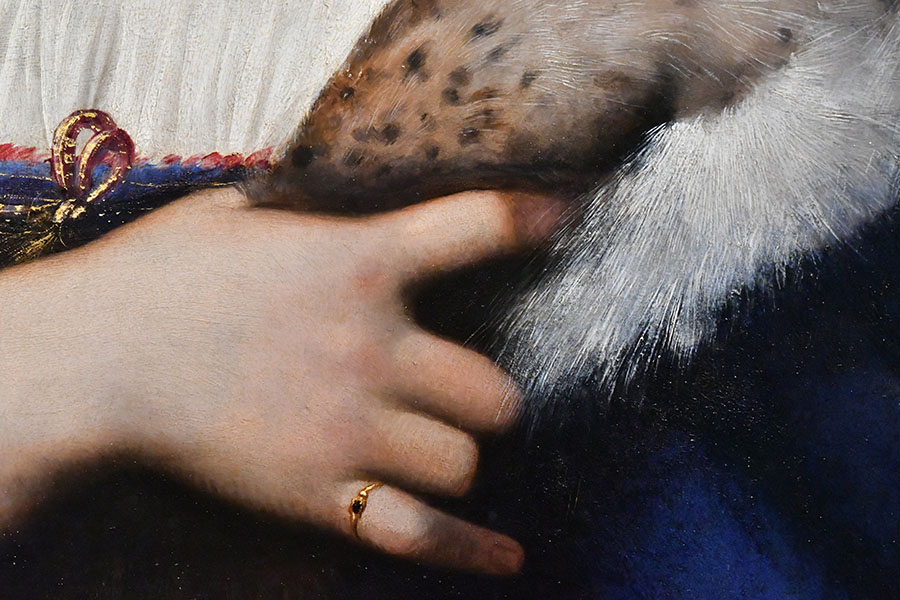
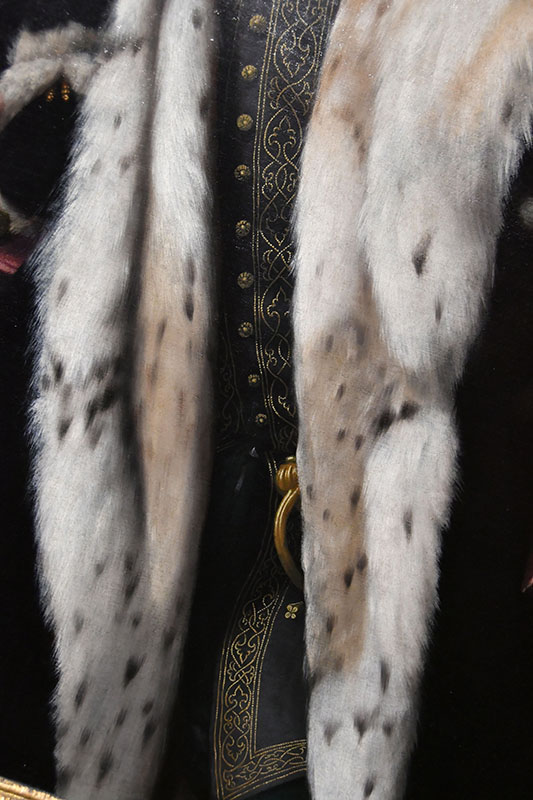
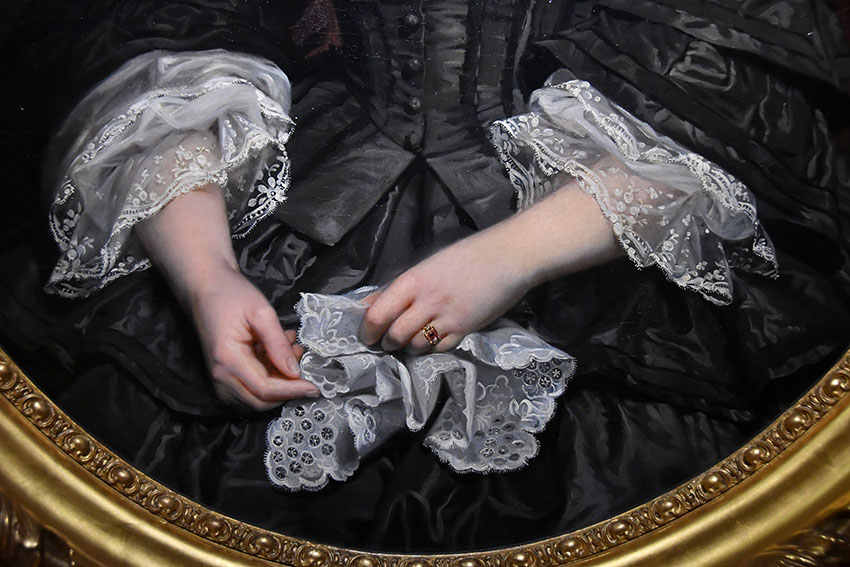
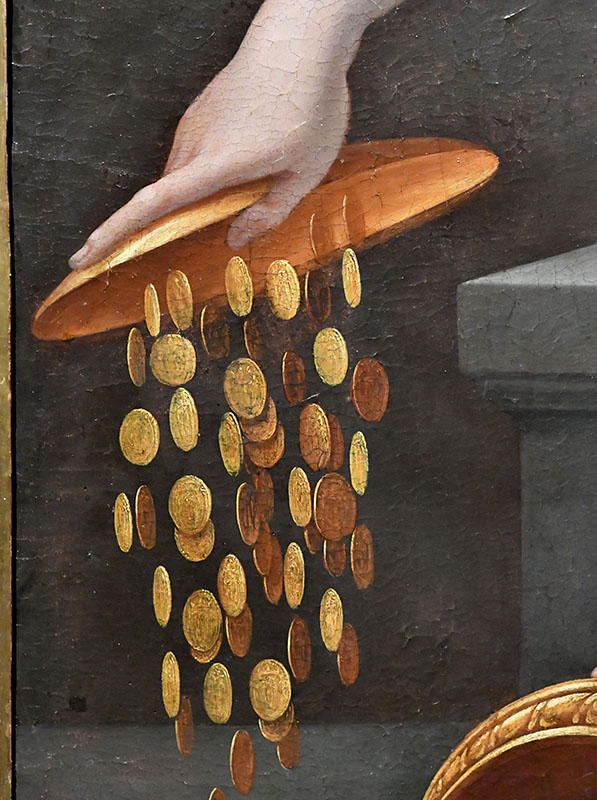
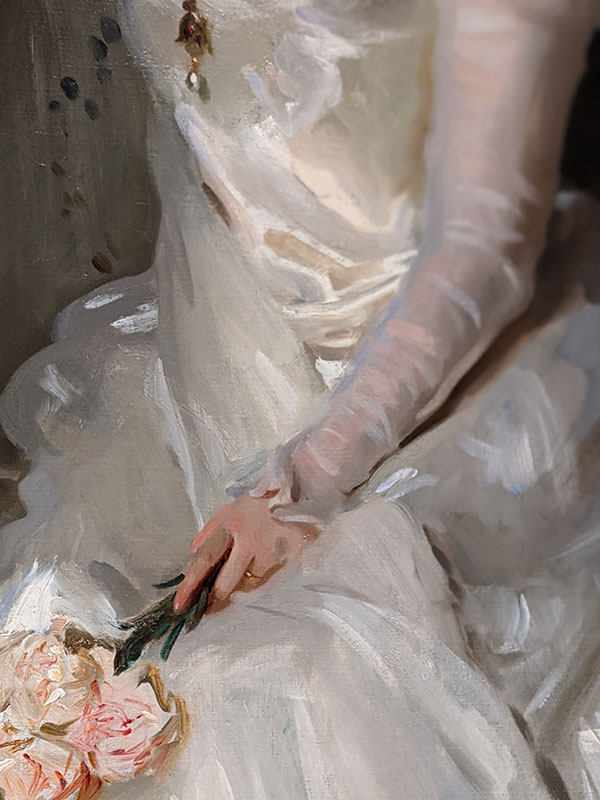
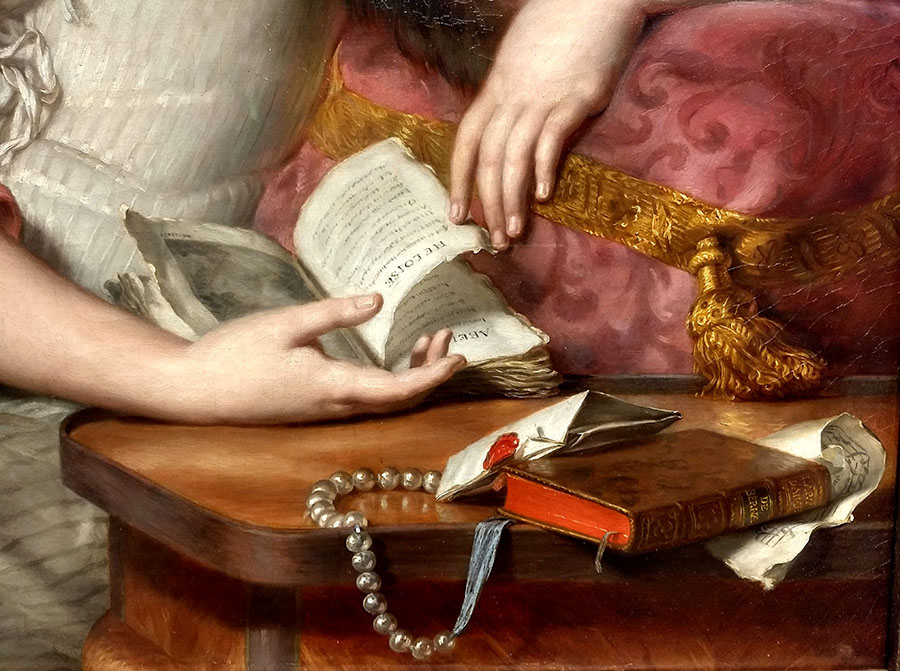
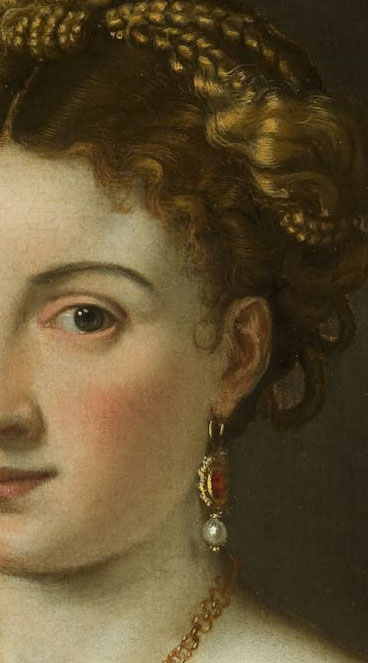
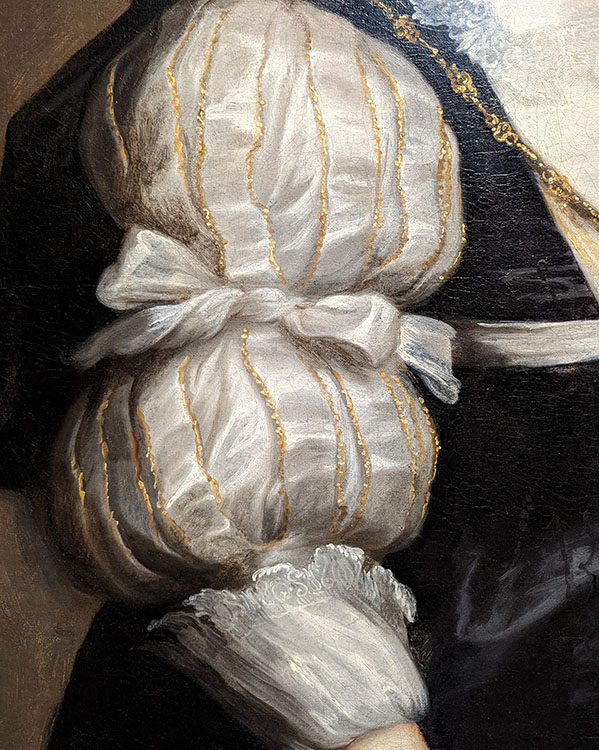
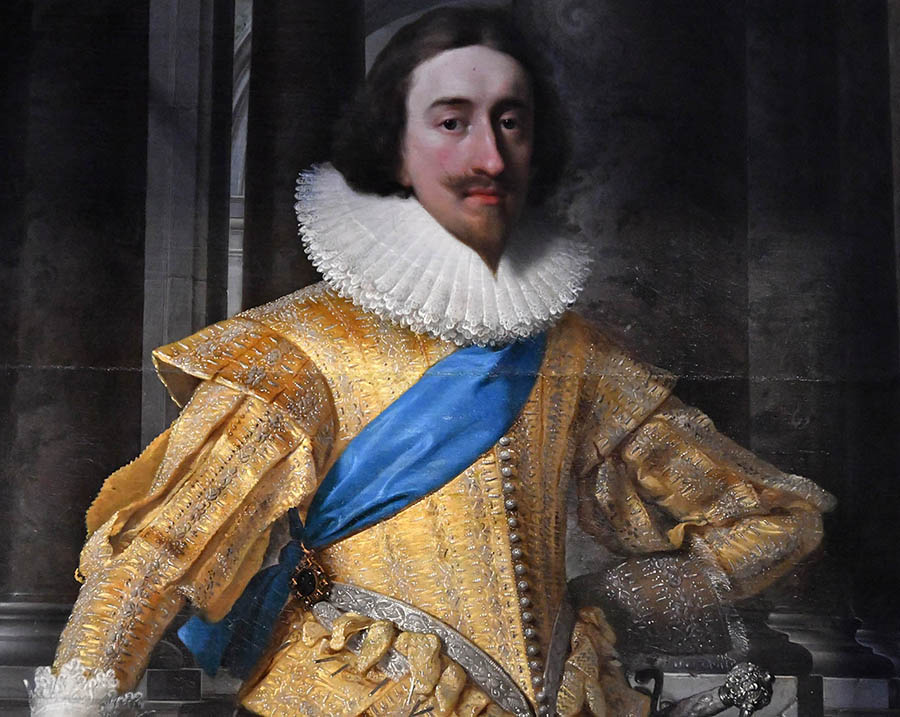
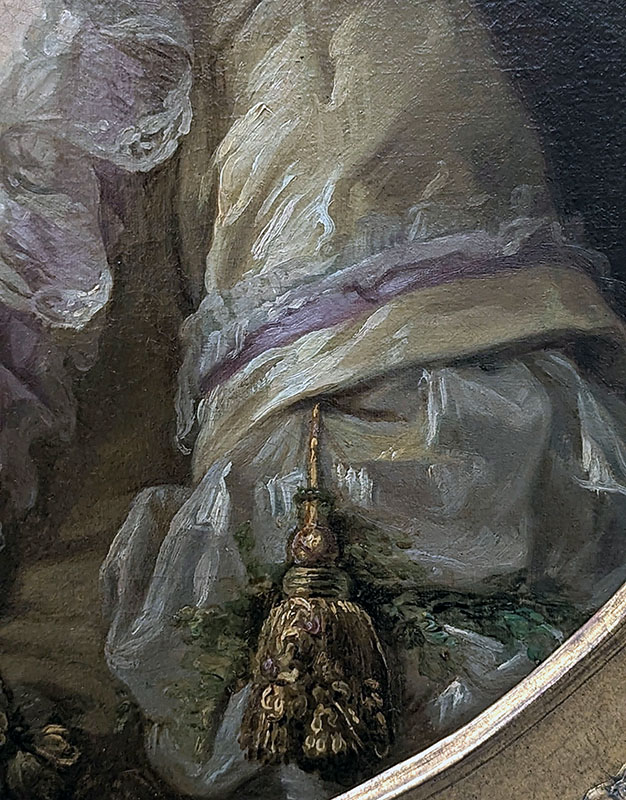
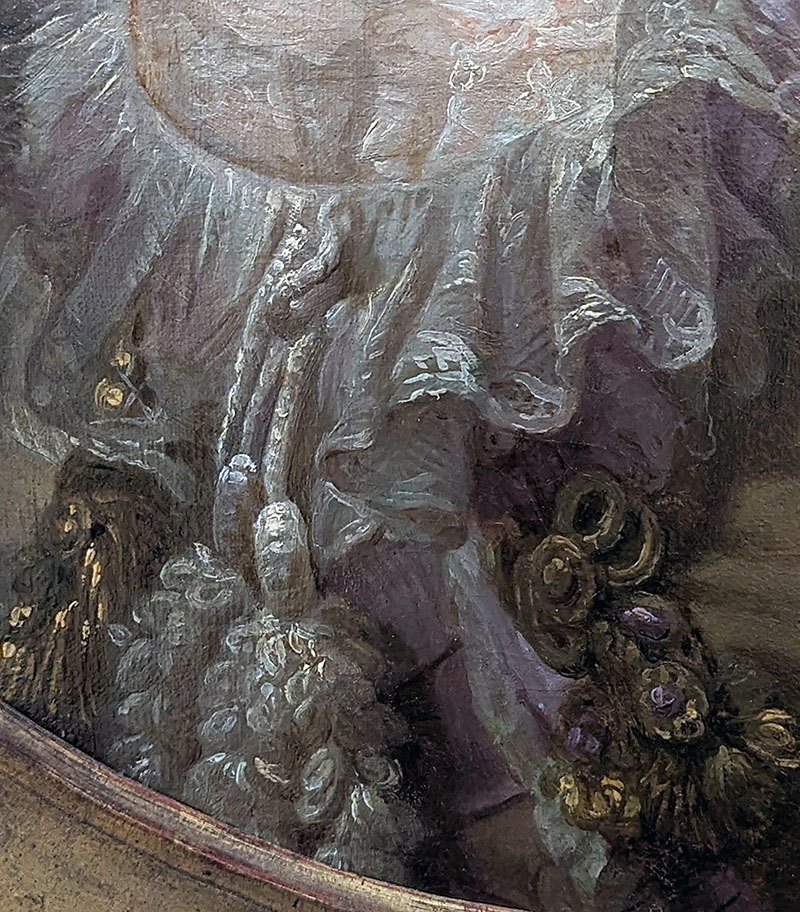
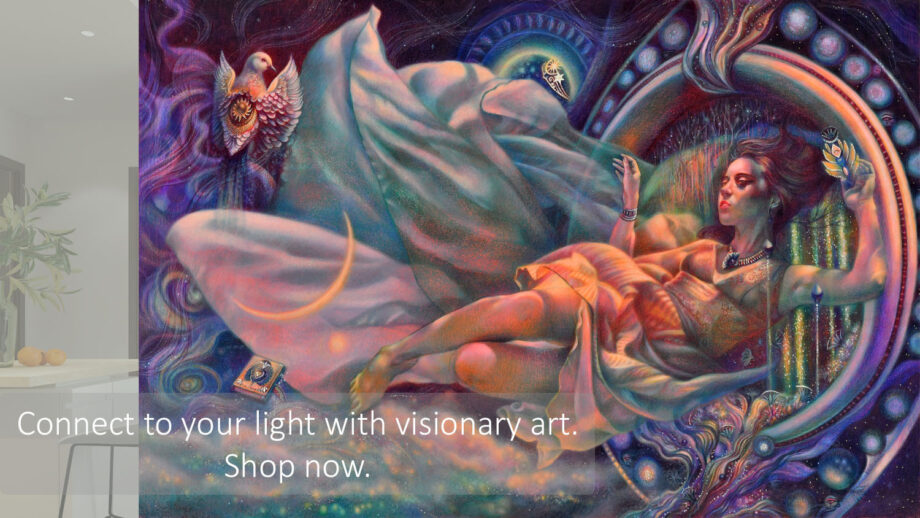
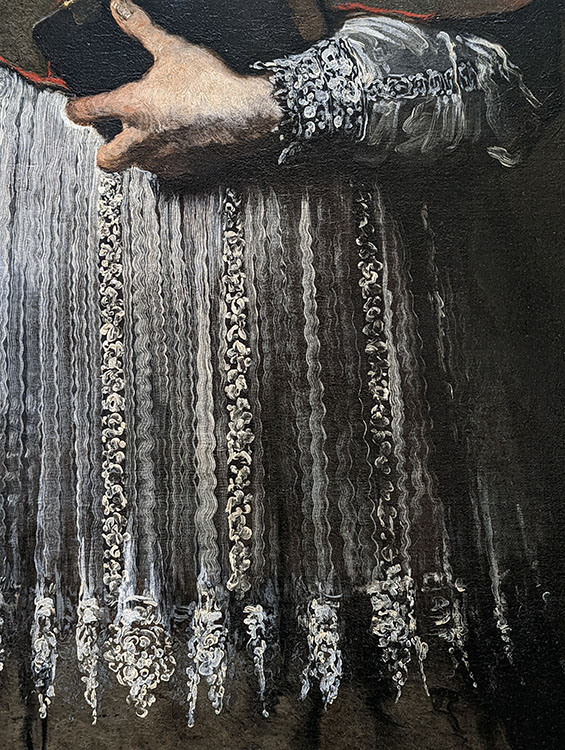
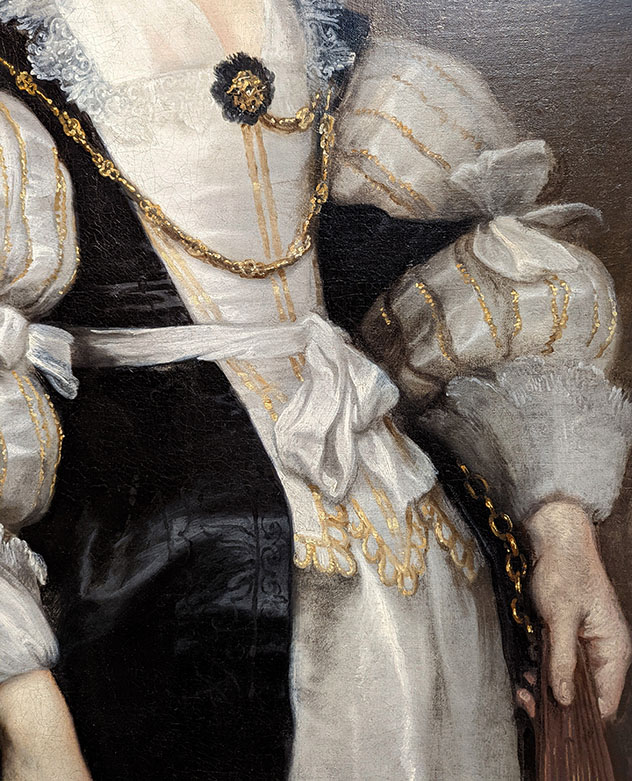
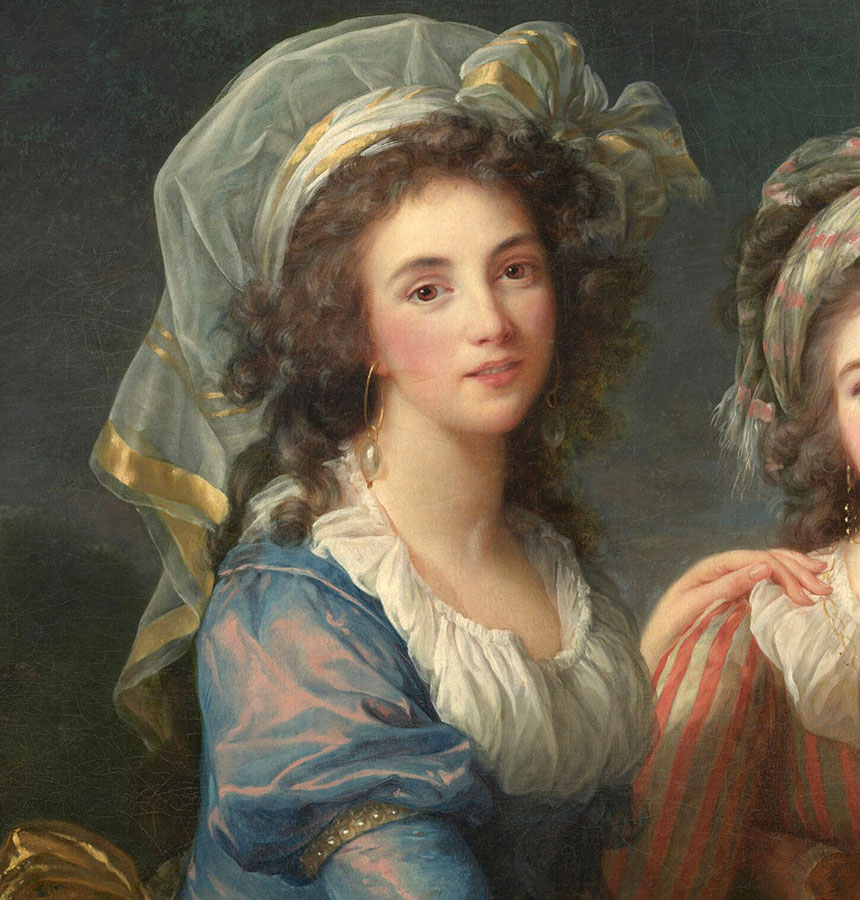
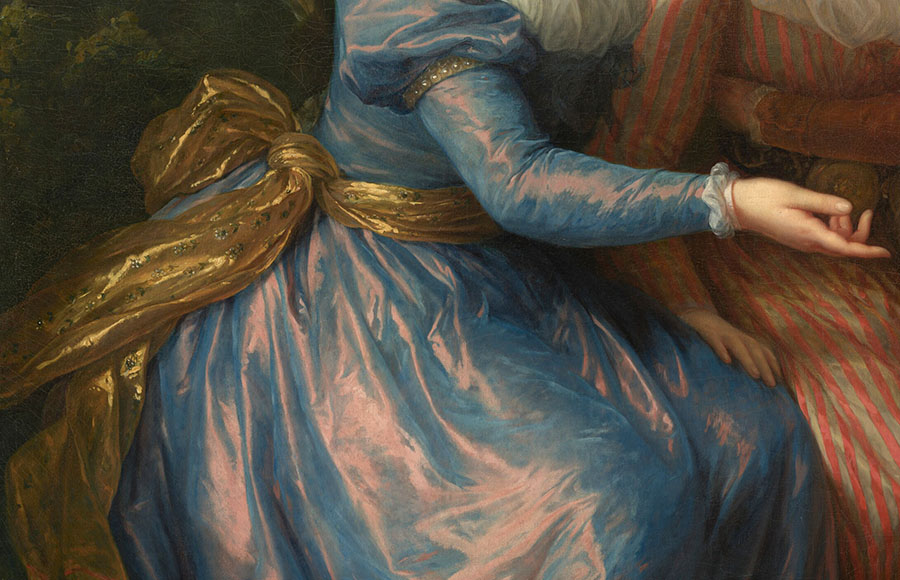



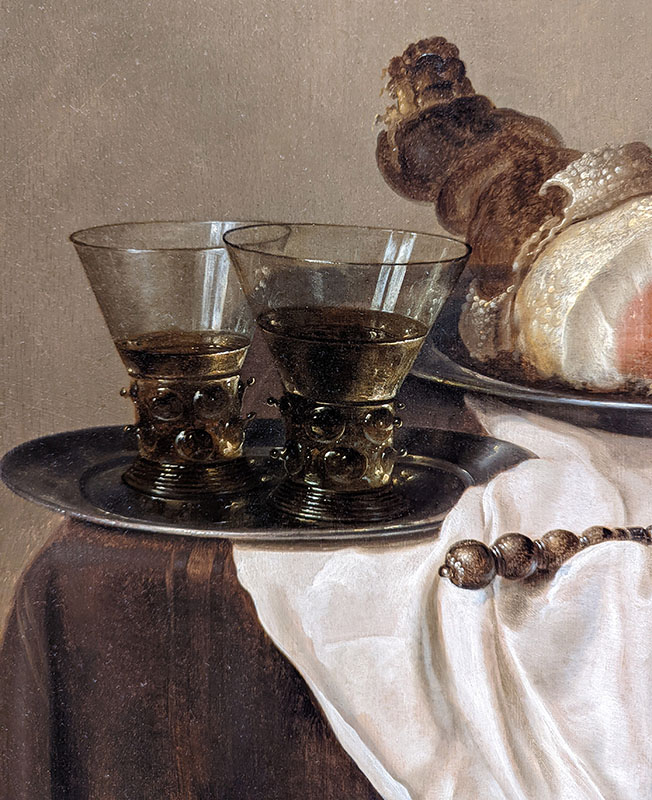
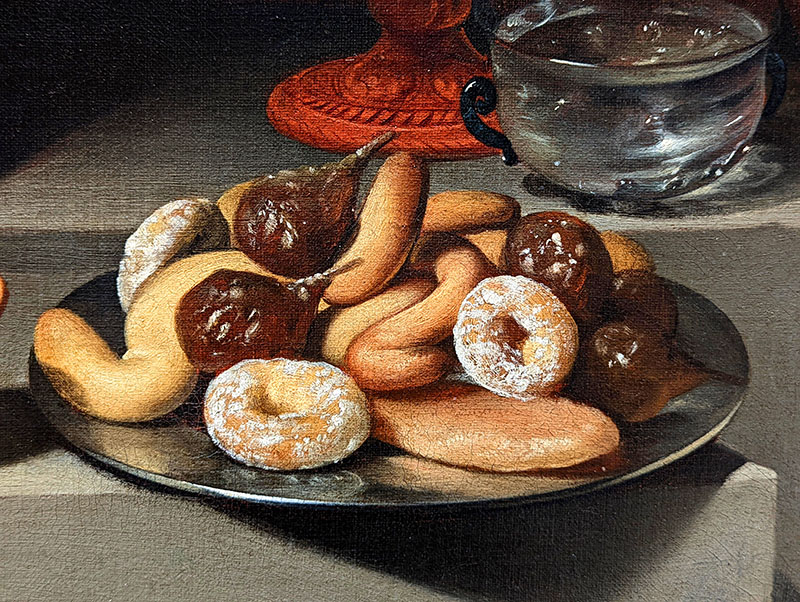
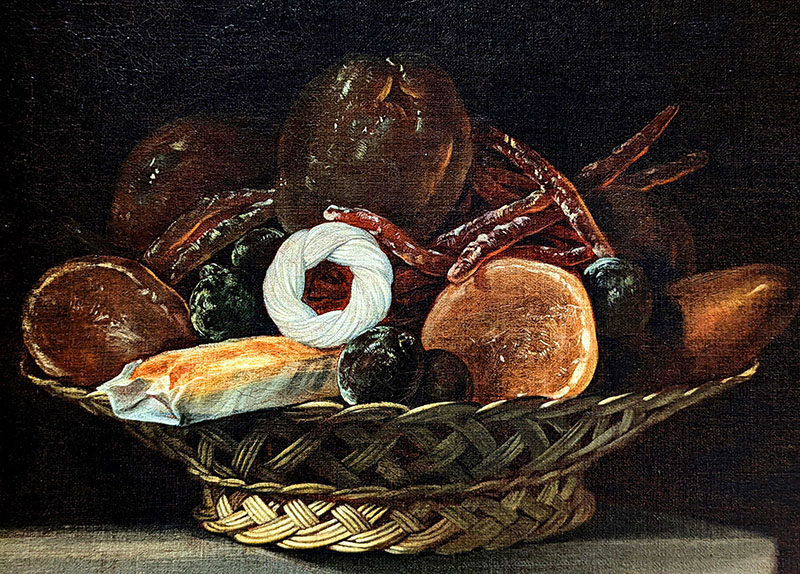
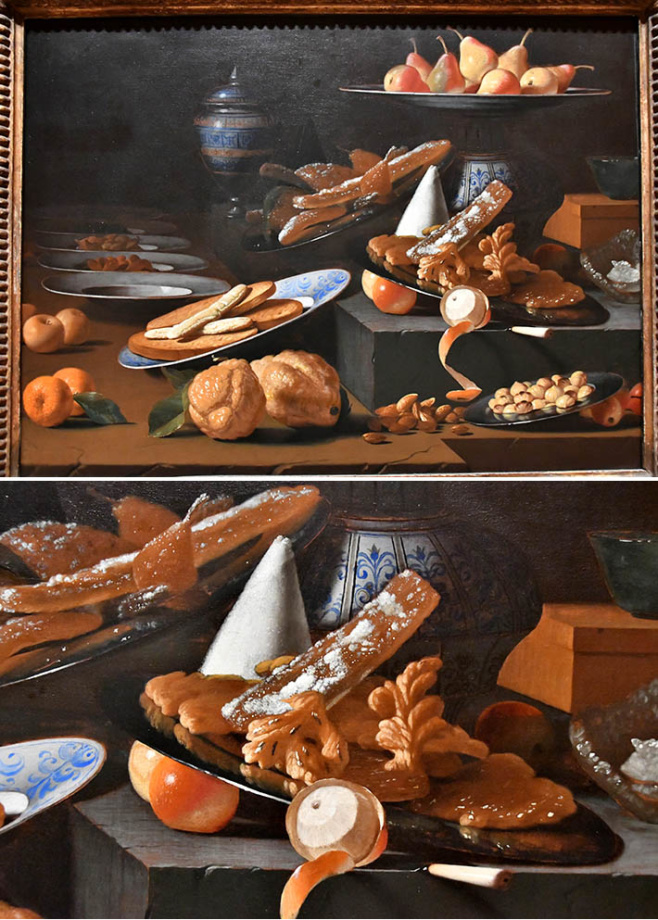
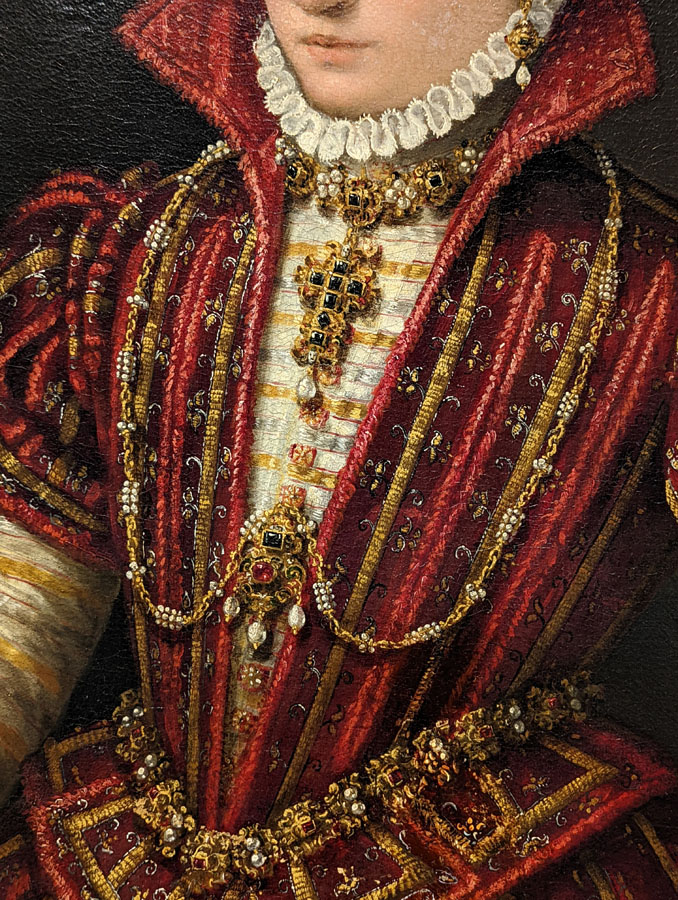
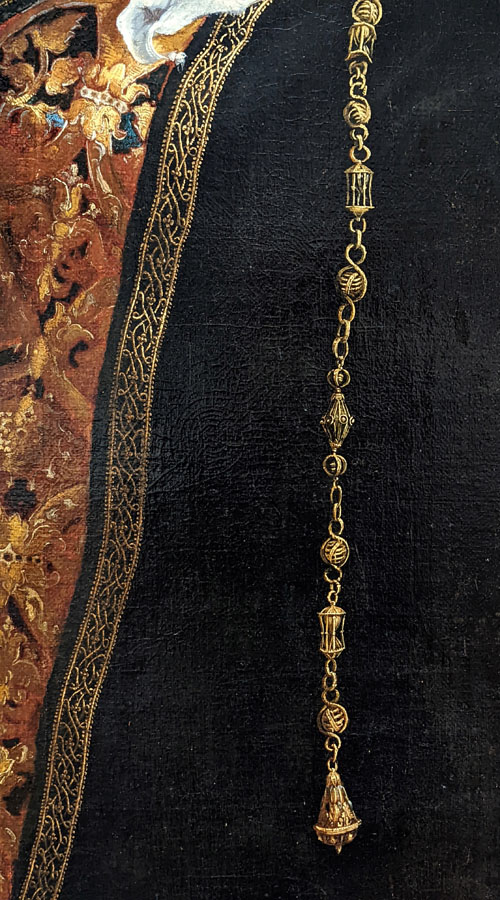
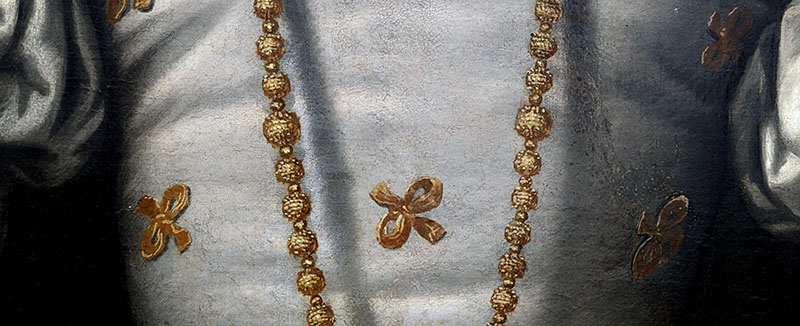
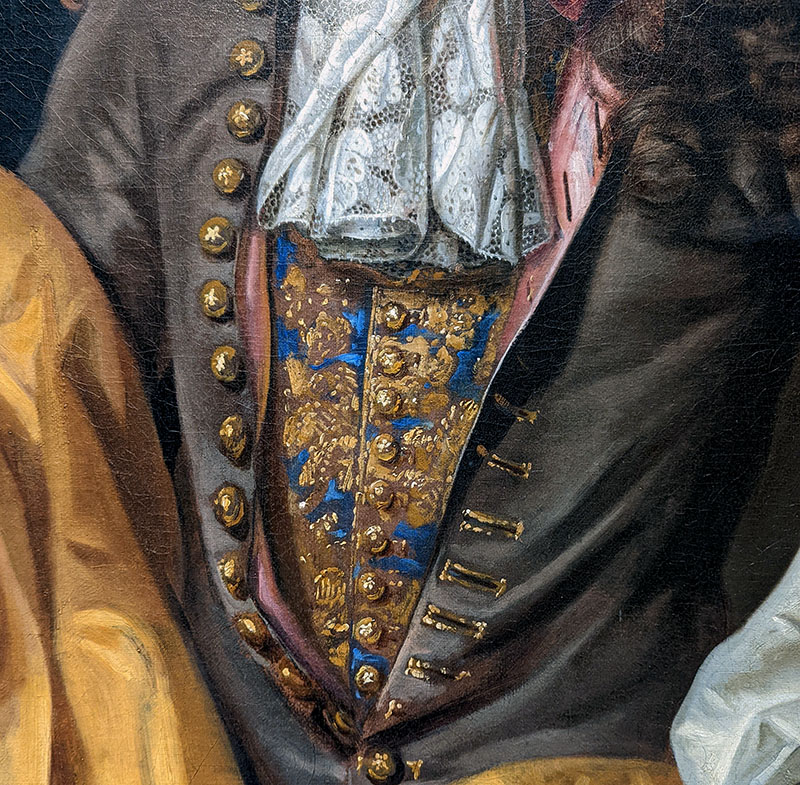
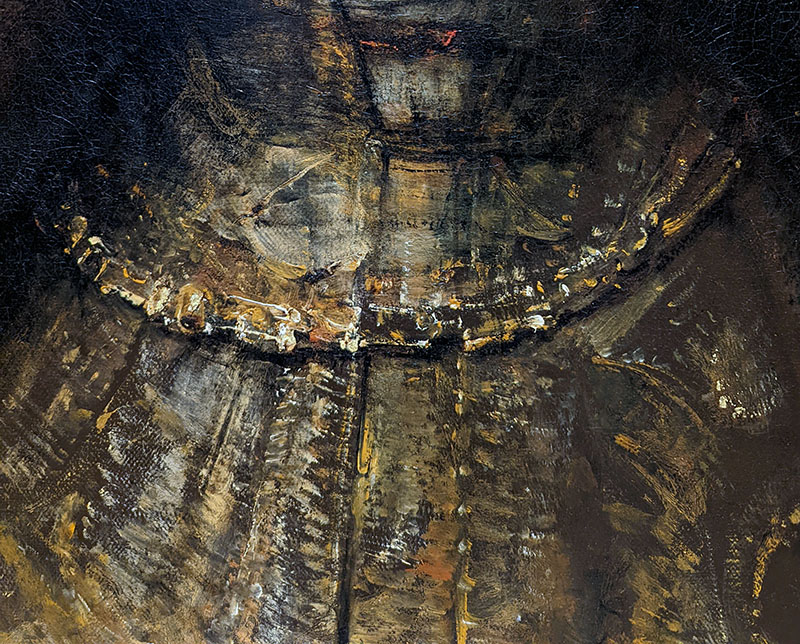
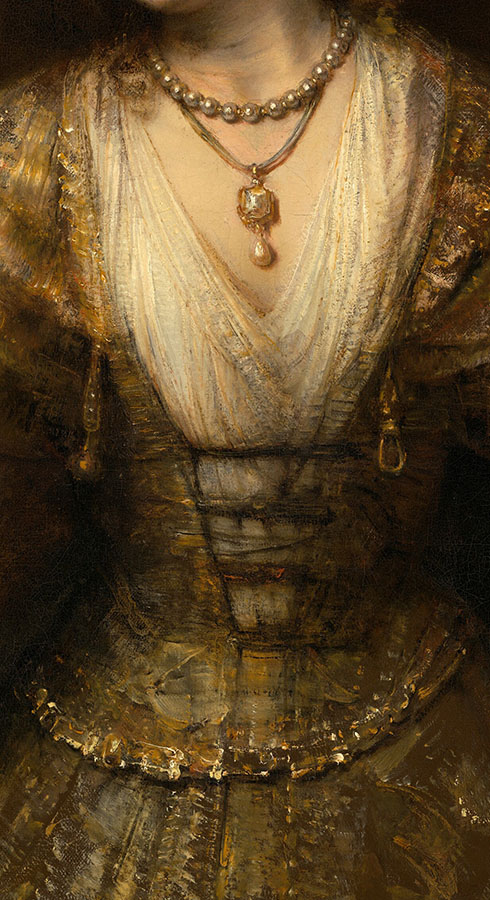
This article is getting updated with new art ideas. So come back soon by subscribing to my awesome VIP list!